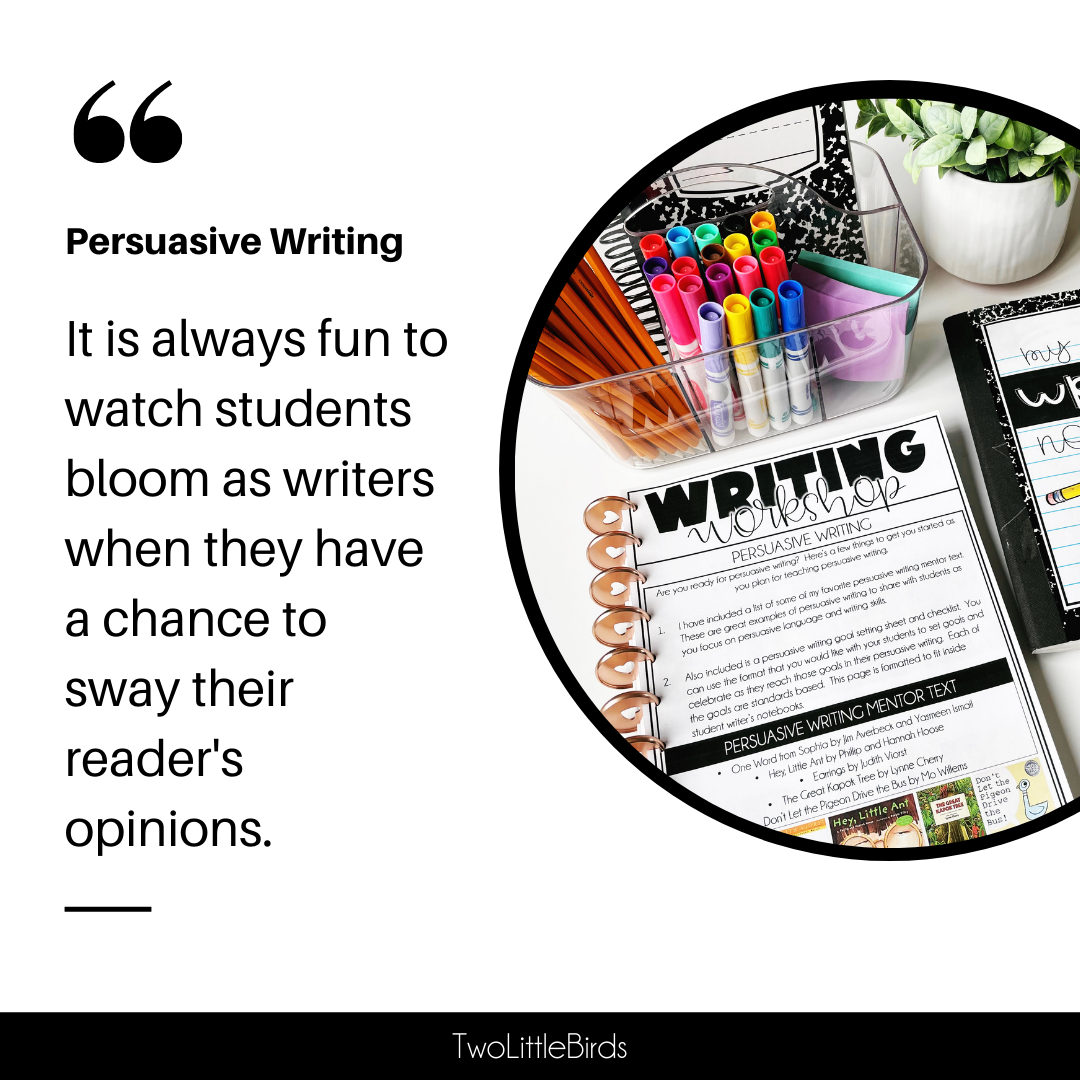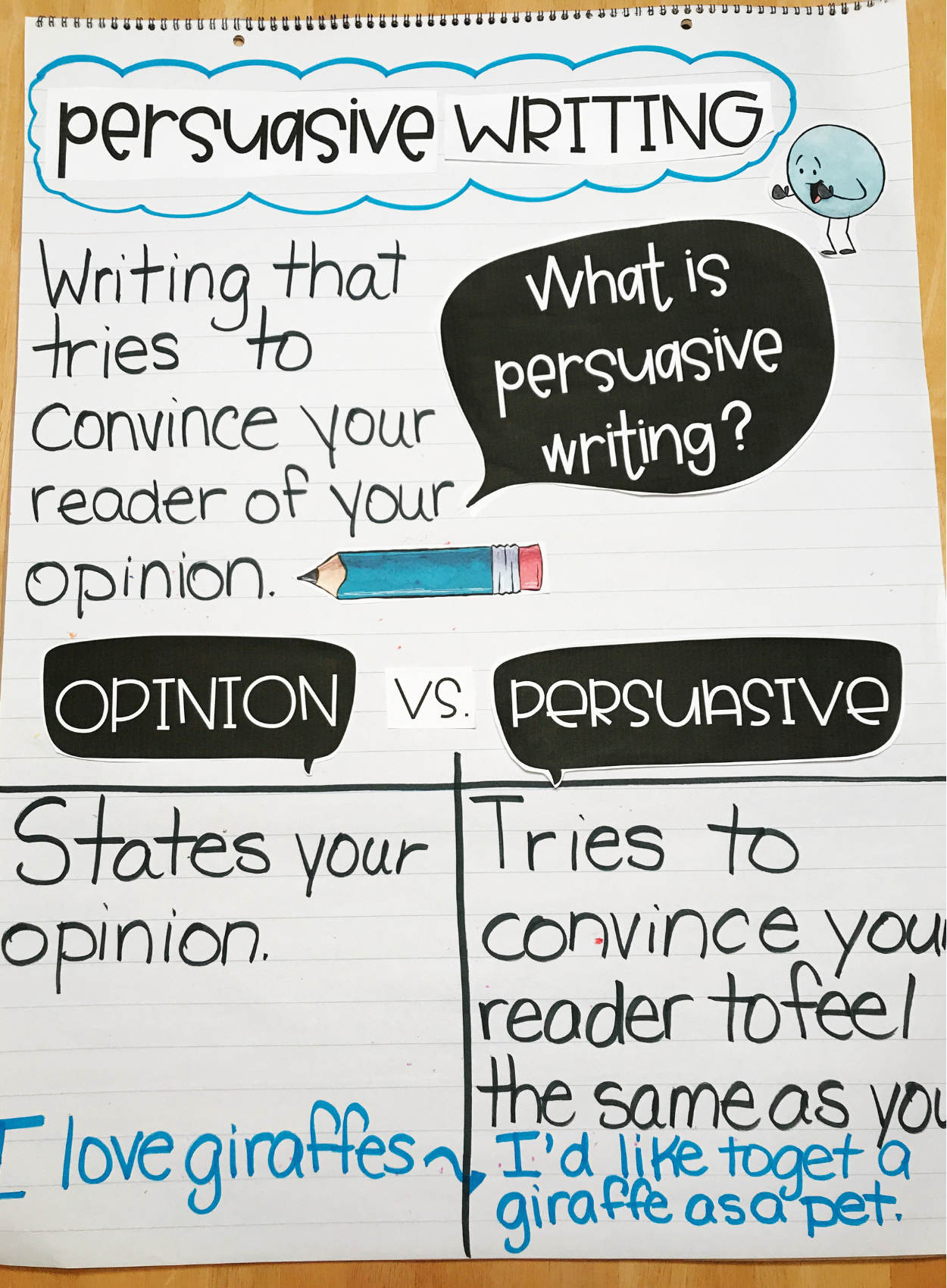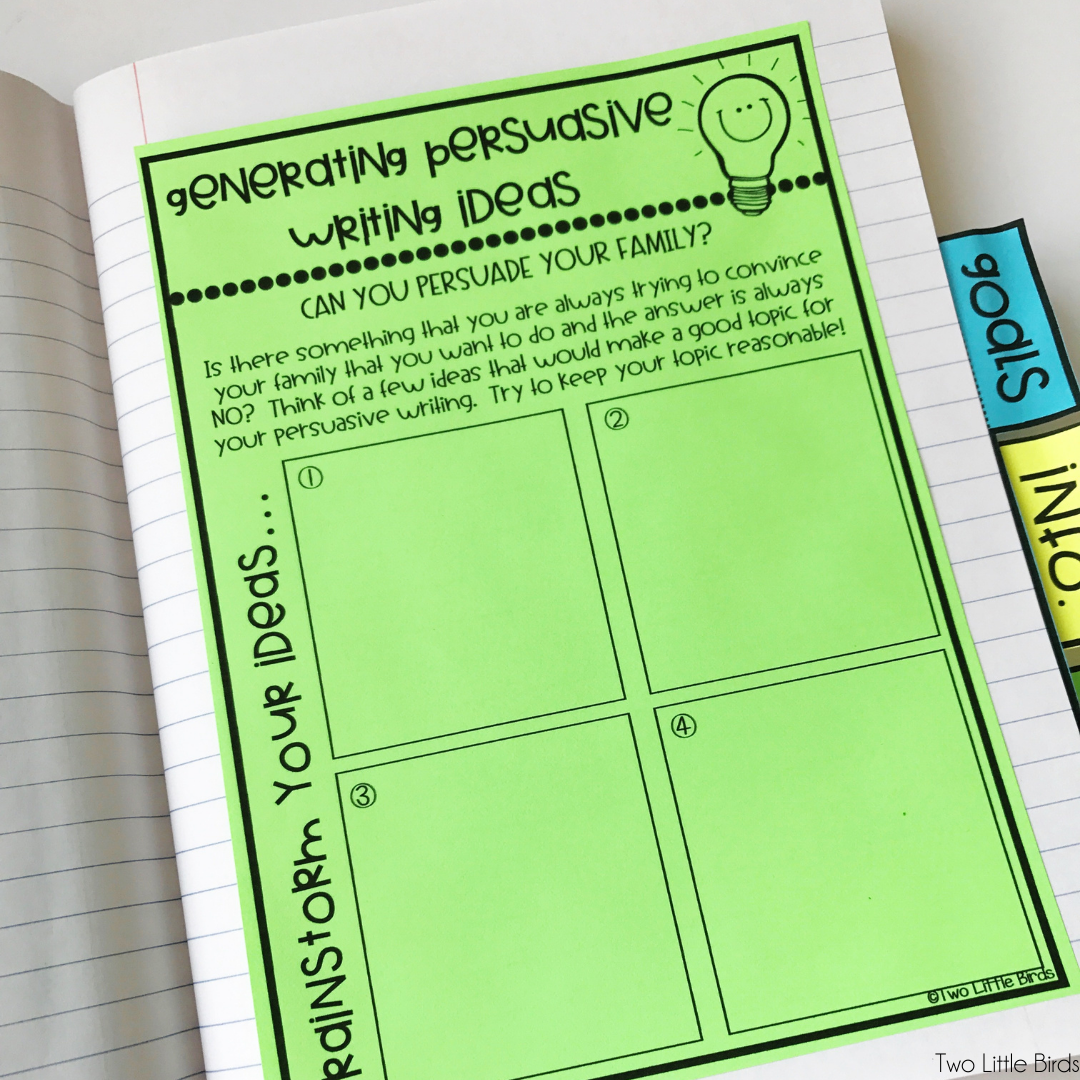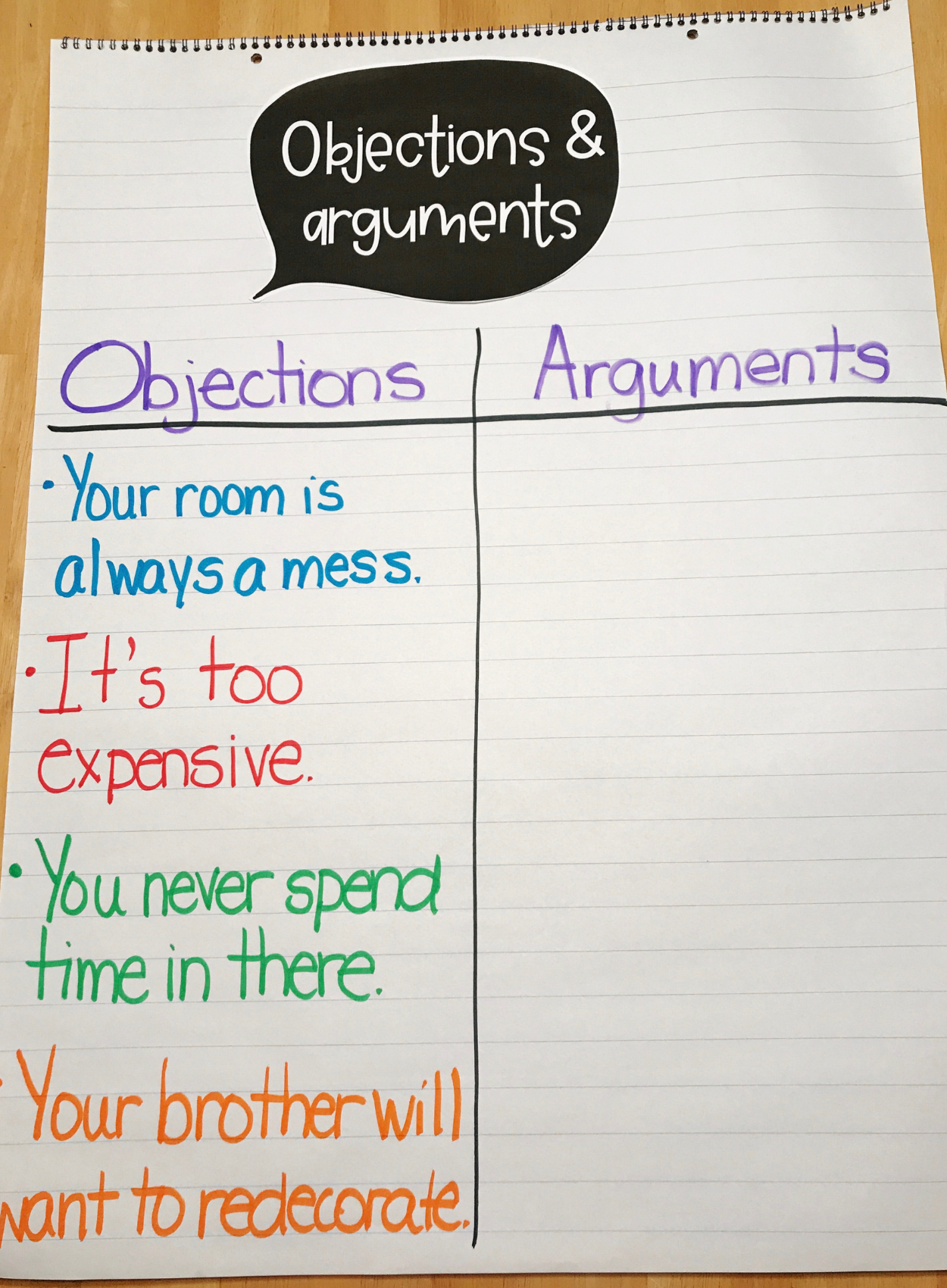
Teaching persuasive writing is always one of my favorite writing projects. It is always fun to watch students bloom as writers when they have a chance to sway their reader's opinions. It's their time to shine and be their own YouTube personality….or maybe a used car salesman. Either way, if you give them the right opportunities and strategies for persuasive writing, they are sure to soar!!
What is persuasive writing?
Persuasive writing is a type of writing that tries to convince the reader of a particular point of view or to take a specific action. Persuasive writing is a form of opinion writing, but it is different than opinion writing because rather than stating your opinions or beliefs, you are trying to convince your reader of your opinions or beliefs.
Kids are naturals at the art of persuasion (you can come to my house at bedtime to see this in action) and they thrive when they have a chance to convince others of their opinions. Like little lawyers, they will present their arguments and objections in well-organized persuasive essays.
Persuasive vs. Opinion Writing
One of my favorite books to read to discuss the difference between opinion writing and persuasive writing is “One Word From Sophia” by Jim Averbeck. Sophia is very convincing, but not argumentative in her stance. Sophia presents arguments to convince her family she deserves a giraffe for her birthday. This is a good example of how persuasive writing is much different than opinion writing.
Opinion writing states your opinion on a topic. Persuasive writing tries to convince your reader to feel the same way you do: I love giraffes vs. I’d like to get a giraffe as a pet.
Why do writers try to persuade their readers?
- To change their mind on a topic
- To keep your readers interested
- For money
- To support a cause
- To try to sell a product
As writers, we want to persuade our readers for several reasons and while thinking of ideas, we must try to be reasonable with what we are presenting so that it can be possible to actually persuade the reader.
While choosing a topic for persuasive writing, you must keep your arguments reasonable and remember who your audience is!
Using objections to help form & strengthen your argument
As writers, you must consider: what are the objections to this point of view, why do others feel differently than I do? When you are able to look at the other side and consider the objections, this can actually help you strengthen your arguments.
Students can use a T-chart to write possible objections and create their arguments based on those objections.
I like to use an example that students can relate to and create an anchor chart. I'd like to persuade my parents to redecorate my bedroom. On my anchor chart, I can write down my parent's objections and have students help me create reasonable arguments based on those objections.
Using evidence to support your reasons
When students are working on their arguments, it is important to support their reasons. Using sentence stems with persuasive language can help them state their arguments while also using evidence to support them.
- Some may say…but I feel that…
- You might feel that…but…
- It may be true that…however…
- It’s easy to think that…but you must consider…
Your students will love having a chance to persuade their readers and follow these strategies to create their most convincing writing!
Shop all of the persuasive writing resources from this post here:
Happy Writing!







